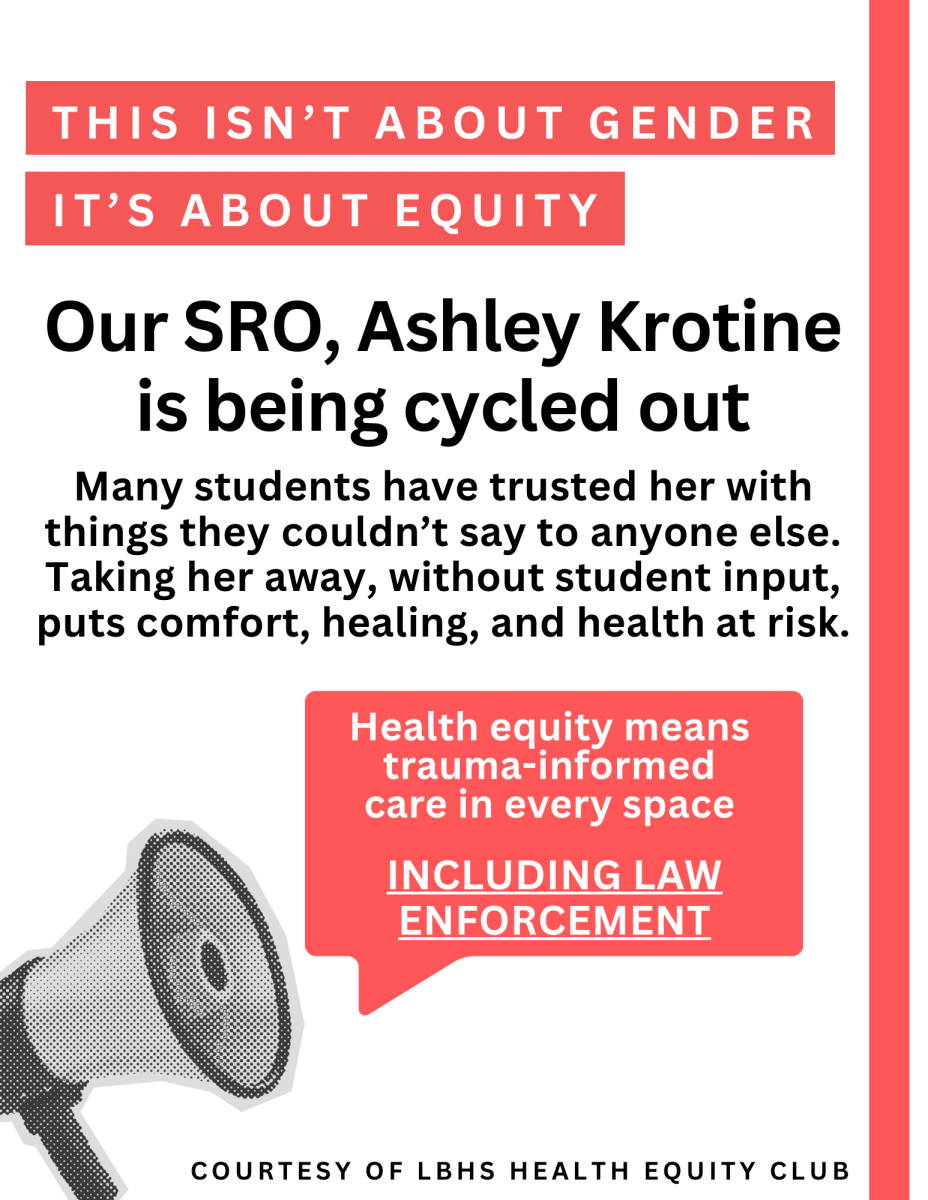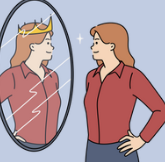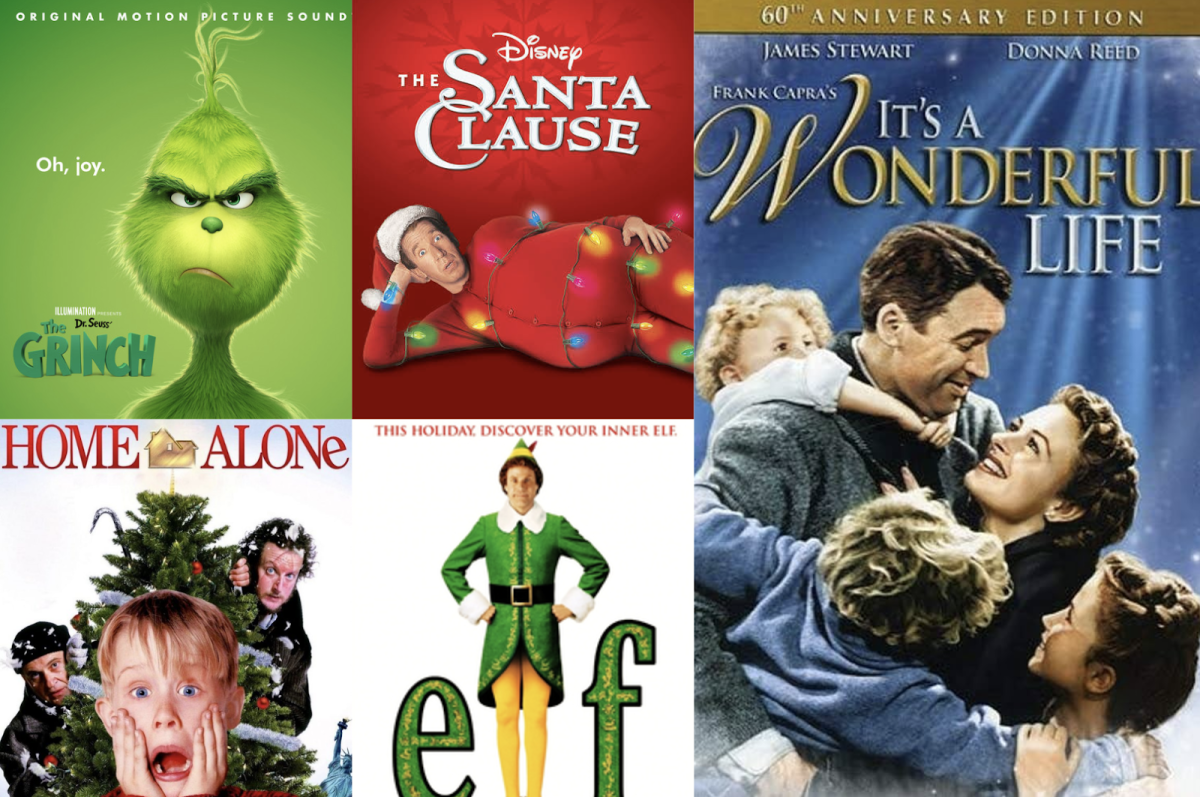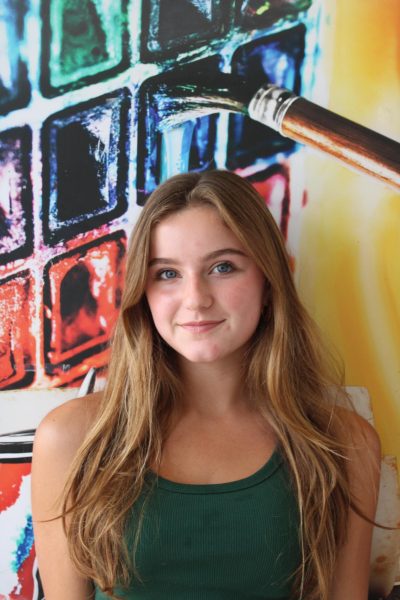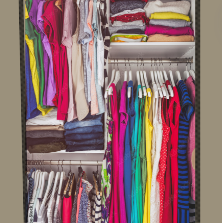
Everyone acknowledges that some colors look better on them than others. The harsh truth is that sometimes your favorite color washes you out or contrasts the natural colors on your body, making you look awkward and bland. When picking out clothes, the real question should not be what colors you like, but what colors you like. Building a personal color palette is essential in looking your best, and choosing colors that highlight your features creates a flattering look without even trying.
Pick the most prominent colors from your skin, hair, and eyes to find your palette. For the skin, you should decide if you are cool or warm-toned, and an excellent way to do this is by looking at the veins under your wrist; if the veins are blue and purple, you are cool-toned, and if they are green or primarily green you are warm toned. When you figure out your hair tone, you need to see if it appears lighter or darker. All blonds will be fair and all red undertones will be dark, but for brunettes, it can vary based on your shade.
As for eyes, they are a bit harder to decide, but there is a chart below to help you choose.
| Warm eyes | Soft eyes | Deep eyes |
|
|
|
Once you have picked out your colors from each category, it’s time to combine them. There are four possible categories of seasonally-based colors: Summer, Spring, Autumn, and Winter. These are divided by season because the colors in the palette are ones you would typically see during that time of year, but the colors can be worn all year round if you style them correctly.
Hair Eyes Skin
| Light Summer | Ash blonde or strawberry blonde | Light blue or green | Pale to beige with pink undertones |
| Soft Summer | Dark or medium ash-blonde | Grey or hazel | Dark brown or beige |
| Cool Summer | Dark or medium ash blonde with slight red undertones | Grey or blue | Beige or brown with cool undertones |
| Light Spring | Golden, light red, or light brown | Blue, hazel, or amber | Paler with peach or pink undertones |
| Clear Spring | Light or dark brown | Blue, green, or amber | Ivory or beige with pink undertones, brown, or bronze. |
| Warm Spring | Strawberry blonde, copper red, or light/dark brown. | Blue, green, hazel, or amber | Ivory, warm beige, bronze, and has freckles |
| Soft Autumn | Golden/light brown | Pale green, blue-green, amber, or hazel | Ivory, beige, olive, or brown |
| Warm Autumn | Medium/dark brown or warm red/auburn | Green, hazel, or amber | Ivory, warm beige, bronze, or brown |
| Deep Autumn | Medium/dark brown with warm undertones | Dark blue/green, brown, or black | Ivory, olive, bronze, or brown |
| Cool Winter | White blond, ash brown/black, and no red undertones | Turquoise, grey, blue-green, or amber | Beige, soft olive, or dark brown |
| Clear Winter | Dark brown or black with red undertones | Bright blue/green | Milky white, beige, dull olive, brown, or dark brown |
| Deep Winter | Medium/dark brown or black | Dark hazel/brown | Beige/olive with cool undertones |
Summer palettes have a more vibrant selection of pinks, reds, yellows, and blues. Spring palettes are pastel with blues, pinks, yellows, greens, and purples. They are less vibrant than summer tones but have similar colors. Autumn scopes are primarily neutrals, oranges, greens, blues, and purples, and darker shades, pinks, and reds. As for winter palettes, they have blues of any shade but they are typically more on the muted side. They also include a variety of purples, dark browns, and yellows, as well as greens, all with cooler tones.
Suppose you want more specific colors for your palette. In that case, you can look up “Clear Winter color palette” or whichever palette you matched online and it will show plenty of pictures with specific color shades.
The final step is knowing how much of a color you should wear. Your colors can be divided into Mains, Neutrals, and Accents. Your mains will be the colors you wear most often – the light purple sweater or the dark green vest, and are lively colors that make your outfit look put together. Next would be your neutrals, the beige and blacks that act as your outfit’s base, and these colors could also be dark blues or whites, depending on your palette.
Lastly, the accents are the colors that intrigue your outfit and make you look much better. Those colors are typically brighter because you should wear them sparingly. Very rarely will a neutral color act as an accent because it doesn’t draw attention like a bright color.
Once you have all this information, you will win best dressed, using the perfect colors for your features and wearing the ideal amount. The saying “look good, feel good” is accurate, and your confidence will skyrocket if you feel good in what you are wearing. Being comfortable and happy in your clothes significantly impacts your day. Knowing you look divine will help keep your mind off your clothes and tasks, making you look good and feel good about your work and yourself.


